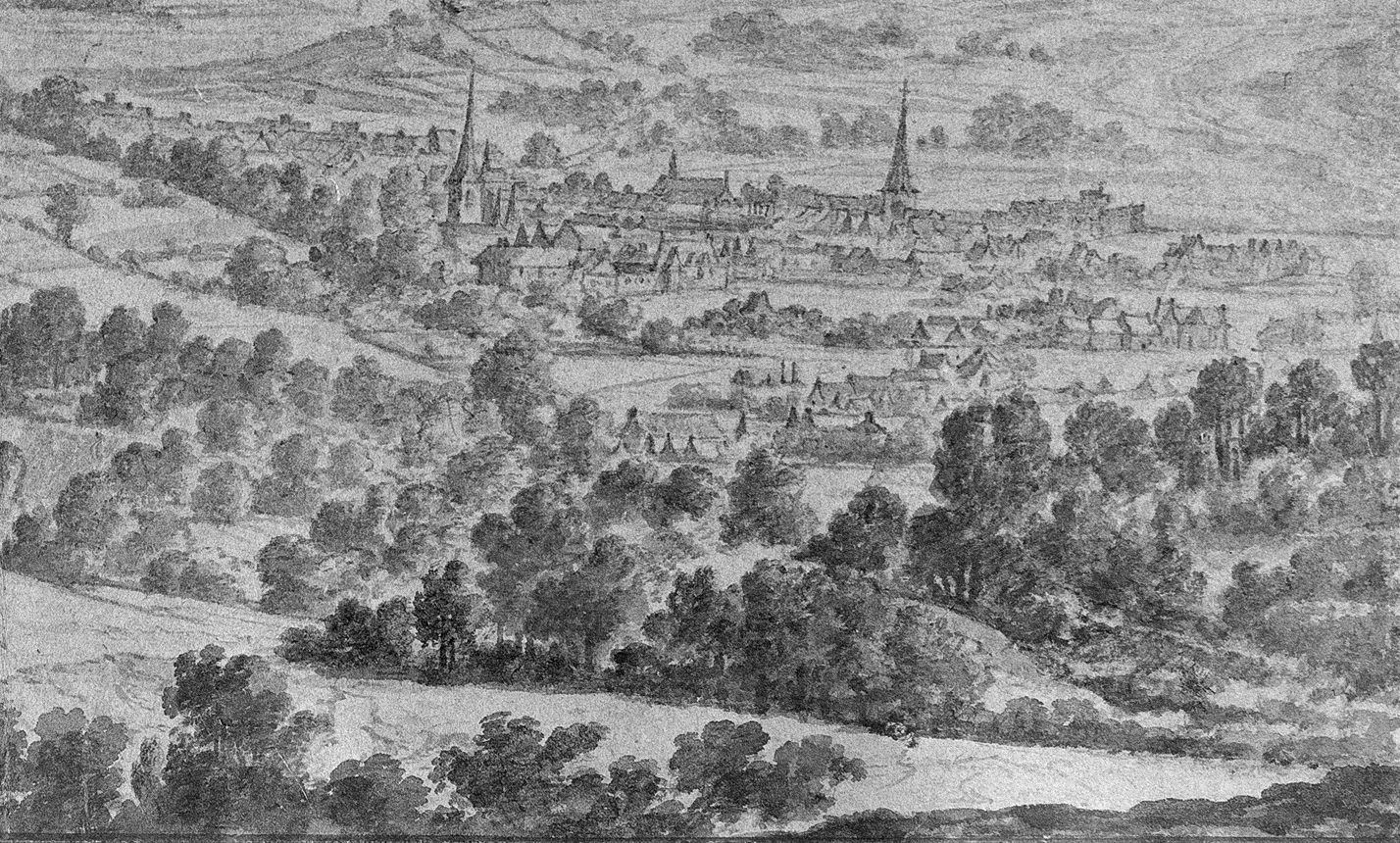An aerial photograph from 1947 shows the mining activities. The large slag heap behind the Vieille Montagne administration building is clearly visible. It was used to dispose of the ashes produced during the extraction of calamine. The importance of the mining industry to Kelmis until the 1940s can be seen in the large area where mining took place. It dominated Kelmis. Half of the village was taken up by the mine. What is more, the slag heap and surrounding areas sometimes extended as far as the houses. Until the inter-war period, the population lived with and from the industrial plant. In the 1930s, there were still many miners and employees working for the company. 471 people were directly employed by the Vieille Montagne. Many companies also settled in Kelmis and lived off the employees of the Vieille Montagne. The Belgian census of industry and commerce of 1930, for example, lists numerous pubs and restaurants (cabaretiers), as well as craftsmen.
As in Eupen, the decline of the primary (or secondary) sector was taken up by the creation of industrial areas along the arterial roads. This is illustrated by the numerous warehouses that have sprung up along the rue de Liège in the current image. In 2018, the Vieille Montagne Museum was an important monument to the mining of calamine in Kelmis. Today, the once vast site once characterising the townscape of Kelmis is barely visible from the air. However, sites such as the Vieille Montagne administration building, the casino pond, and the ‘mountain road’ still bear witness to the importance of mining to the region.
Source images: Extract of the IGN maps, with authorisation A3597 of the National Institute for Geography, yandex maps
